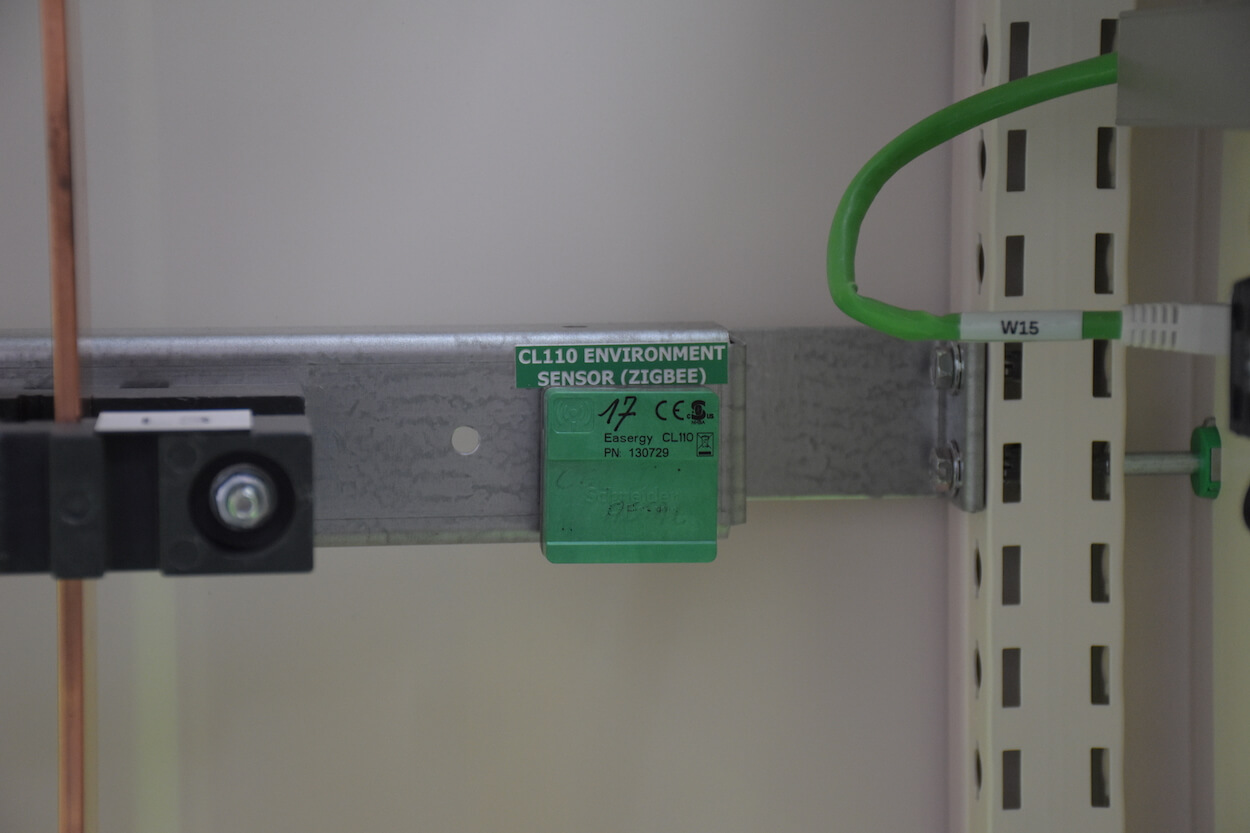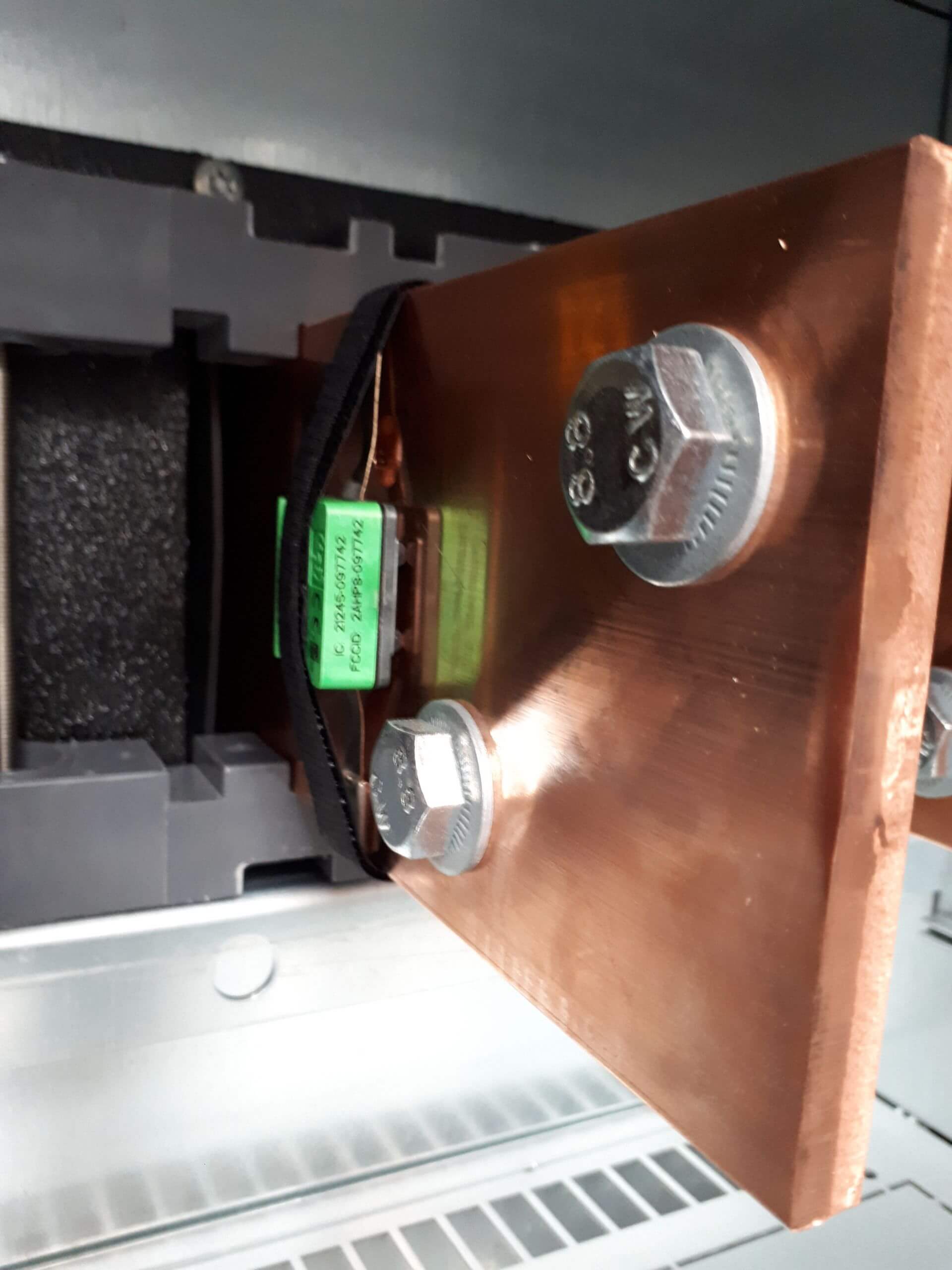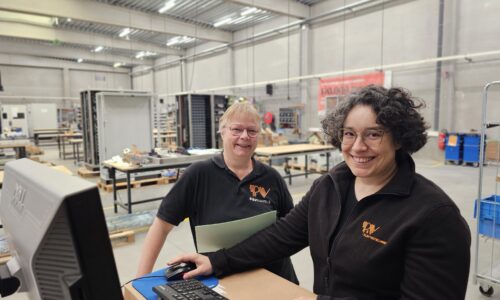Do you have a question?
If it is about control panels, we have the answer.
Detect the hotspots in your electrical cabinets
Your electrical control panels are capable of much more than just control and distribution. Just about anything is possible if you have the right components. In this section, we focus on one smart component in a cabinet. And we discuss the opportunities that this technology offers for your company. This time, our focus will be on: the temperature sensor.
An excessively high temperature in your electrical cabinets is symptomatic of a deeper problem. In most cases, this heat is caused by a loose connection or by faulty insulation. You can use thermography to map these hotspots. But thermography offers little more than a snapshot.
On the other hand, temperature sensors provide you with constant monitoring of the heat losses in your cabinets. Such a sensor quantifies the temperature in terms of degrees Celsius and sends this information to a gateway on your board. This gateway collects all the inputs. This information is then sent to a monitoring tool on your laptop, smartphone or tablet.
This way, you will be one step ahead of faults at all times
These sensors can be used in two ways:
One, to measure the general cabinet temperature. Like on the photo below.

Second, to measure the temperature in the typical risk zones for hotspots. As can be seen in the photo below. The copper connecting vanes, for example.

Temperature sensors therefore offer you faster and more accurate problem detection. You are therefore always one step ahead of faults and unexpected shutdowns.
For old as well as new control panels
Temperature sensors are plug-and-play devices. We simply click them onto a conductor in a few strategically selected locations on your board. The sensor monitors that particular conductor or even the wider environment, and also obtains its power supply from it – and 5A is all it needs. This ease with which this technology can be integrated also makes it perfect for existing boards.


